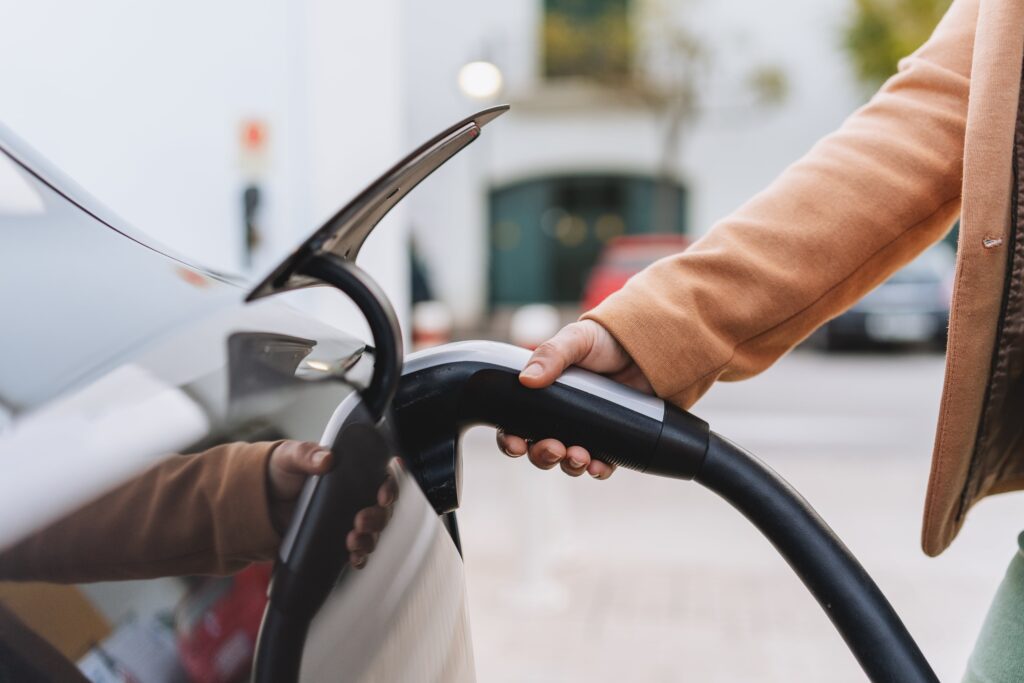When Kerry Dunstan and his partner started searching for an electric car this summer, one question topped their list: “How’s the battery?” They soon found a 2021 Nissan Leaf with 29,000 miles. The dealer said its state of health (SOH) was still 93%. That was enough to convince them. For £12,500, they bought a roomy, practical electric car with space for both family and luggage.
Dunstan, a cabinetmaker who also owns a sleeker electric Volvo SUV, admits he’s not smitten. “I like cars with character and punch – this one’s a bit plain,” he says. Still, he’s content. “It’s done exactly what I expected,” he adds.
Why battery condition now sets the price
Used car buyers once judged a vehicle by age and mileage. Now, battery health matters more than either. Buyers want to know how the battery was treated. Did the previous owner keep fast charging to 100%? That habit can wear out a battery faster.
This uncertainty has made some shoppers nervous about second-hand EVs. But new analytics firms claim they can reveal a battery’s true health. Experts say modern EVs are often lasting longer than anyone predicted.
Take Dunstan’s Leaf. It lacks the advanced liquid cooling systems found in newer electric models. Nissan has since fixed that in later versions. But older Leafs often lose range faster, according to US firm NimbleFins. Dunstan remains unfazed. “I just charge both my EVs to full when I need to,” he says. “I don’t worry about it.”
Technology that reveals a battery’s secrets
For those hesitant about buying used EVs, Austrian company Aviloo offers clarity. “We can independently measure a battery’s health,” says chief product officer Patrick Schabus. The firm provides certificates for British Car Auctions and offers two types of test.
The premium version uses a small device that drivers plug into their car for several days. It tracks the battery’s behaviour as it discharges from 100% to 10%. The quicker “flash test” connects to the car’s software and analyses data within minutes.
The premium test tracks voltage and current in detail, detecting weak cells inside the battery. Chief executive Marcus Berger says Aviloo’s data often differs from what cars display. He also rejects the idea that batteries below 80% SOH are finished. “A car with 75% can still drive well – if priced right,” he says.
What EV drivers are finding out
In New Zealand, Lucy Hawcroft bought a Nissan Leaf with her husband three years ago. The dealer said its battery had 95% health. A year later, a mechanic found it had dropped sharply. “My husband was a bit alarmed,” she recalls.
Still, the Leaf runs around 160km on a full charge. The couple mostly use it for short daily trips. “Some friends get 400km,” she says. “That would be perfect.”
At Cleevely Electric Vehicles in Cheltenham, battery checks are now part of every sale. “Most customers ask for them,” says sales director David Smith. His team uses ClearWatt’s independent SOH reports. “We can’t change the results,” he says. “Once customers see the report, it helps nine out of ten sales.” Managing director Matt Cleevely adds that repairs are often affordable. “You can replace a few modules instead of fitting a new pack,” he explains.
Smarter charging and a stronger future
How should EV owners charge to protect their batteries? Stanford researcher Simona Onori says moderation is key. “There’s a sweet spot between charging too fast too often and avoiding it completely,” she explains. But researchers are still defining it.
Battery design has advanced fast. Max Reid from CRU says older EV batteries lasted 500 to 1,000 charge cycles. “Some of today’s new ones can reach 10,000,” he says.
Even retired EV batteries find new use. Paul Chaundy from Second Life EV Batteries in Dorset says many firms repurpose them for energy storage. Businesses with electric forklifts often use old EV batteries to charge their fleets when the grid can’t keep up.
Chaundy says the next step is standardisation. “We need clear, shared rules for measuring and reporting battery health,” he says.


